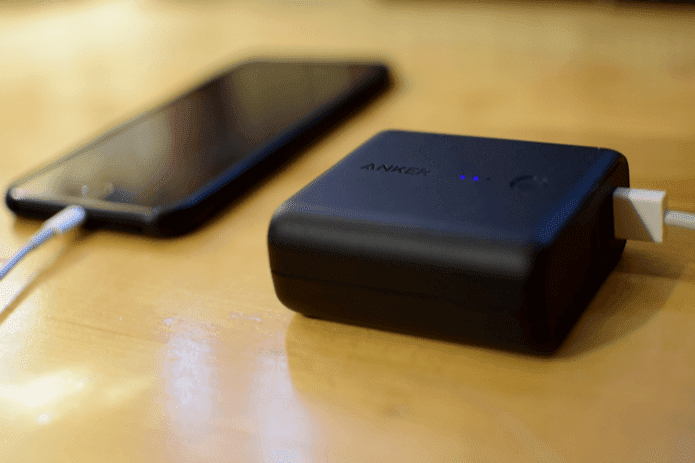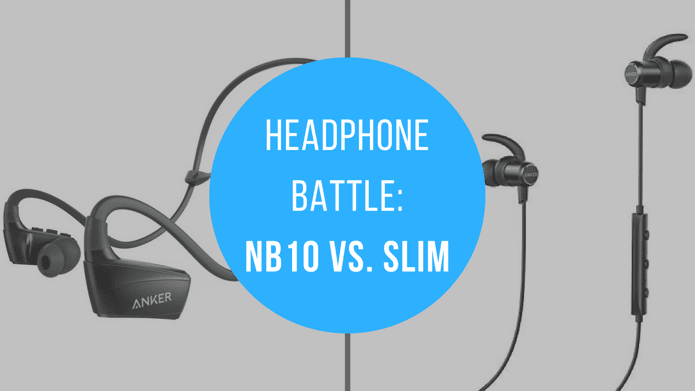Since they look pretty similar by design, you might ask what’s the difference? Since the higher price on the PowerCore+ insinuates a premium product, should you splurge on it? Here’s a quick comparison between the PowerCore and PowerCore+ to aid in your shopping spree.
Better Build Quality on PowerCore+
One of the primary differences between the Anker PowerCore line and the PowerCore+ is the build quality. The PowerCore+ is made with an aluminum shell that Anker calls “Apple-grade.” The aluminum casing instead of the standard hard plastic is going to make PowerCore+ far more durable. If you’re someone who is always dropping your gizmos and gadgets, this is something to consider. The innards also feature improvement in materials too, featuring “high-quality materials and circuitry” according to Anker. The PowerCore still has decent build quality too. I own an Anker PowerCore 20100 myself and it feels very solid in the hand, but folks who need that extra layer of protection might look toward the PowerCore+. The PowerCore+ also has more LED lights to inform you on battery life. The standard PowerCore tends to have up to four LED lights while the PowerCore+ has a wheel of ten LEDs. This paints a more accurate picture of the remaining battery life. More lights mean a closer portrayal to the actual percentage remaining.
Faster Recharging and Included Wall Adapter
PowerCore+ advertises faster recharging. Anker power banks do come in small sizes that aren’t too inconvenient to charge, but larger models like the 20100 and up can take hours upon hours to recharge. That’s especially true if you don’t have a proper wall adapter that can sufficiently feed it large amounts of power. A 2.4A adapter can charge a large PowerCore+ in eight hours. The largest model, the PowerCore+ 26800 that can charge an iPhone 10 times, has the added benefit of including a 2.4A charger in the box. So you don’t have to hunt around or spend extra money to get a charger that can efficiently handle such a large power bank. None of the standard PowerCore models include this.
Verdict
As you can see, there really isn’t a whole lot different between the PowerCore and PowerCore+. Personally, it’s definitely not enough to justify the often significant price difference. For instance, the PowerCore 26800 is $58.99 while the PowerCore+ is $79.99. All you get for that is the aluminum shell and “high quality materials” plus the included 2.4A charger and slightly faster charging. Plus, if you’re not going for the 26800, you don’t even get the charger as a differentiator. Most people should be able to make out just fine with the PowerCore. If you’re clumsy or plan on using your power bank in extreme weather conditions, PowerCore+ might be better. Otherwise, sticking with the PowerCore is the best bang for the buck. The above article may contain affiliate links which help support Guiding Tech. However, it does not affect our editorial integrity. The content remains unbiased and authentic.











